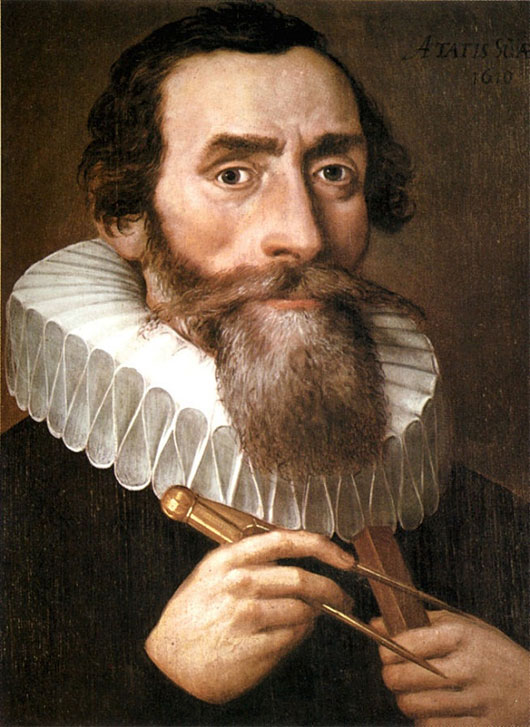Math formula helps you find 'perfect wife'
We can apply math to find the best partner for me.
Johannes Kepler was introduced and acquainted with a total of 11 different women. There are people who are very beautiful and tall, have her being gentle and hardworking. However, Kepler also encountered very arrogant girls, or liked to spend extravagance so much that Kepler was afraid of "running away from sandals".

Image astronomer, mathematics Johannes Kepler
With the mind of a scientist, Kepler wants to find out if there is a mathematical method that helps him choose the wife that best suits him. This story has been generalized to "marriage problem" (also called "secretary problem" - Secretary Problem - a classic exercise in application probability).
The problem can be presented as follows:
- Kepler will learn in turn every woman introduced randomly.
- After finishing studying with each person, Kepler must make a decision to marry or reject that person right away.
- Those who have been denied will not go back to date with Kepler again.
- Kepler can evaluate and compare between the women he met, but could not know about the rest.
The question of the problem is: how must Kepler make the probability of finding the right wife the highest?

First of all, it is worth noting that the question asks how to optimize the probability of choosing the most appropriate wife (or maximize Kepler's satisfaction with the new marriage). Because the object of the study is probability, Kepler still has the ability to miss the best woman, despite using this way.

Number e has a wide range of applications in mathematics
The solution of this problem involves the number e - a constant that is used a lot in mathematics. This is a natural logarithm base and is an irrational number, worth approximately 2,718.

The first step, we will take the total number of candidates (n) divided by e. Since Kepler will find out 11 all women, we will get 11 divided by e and get approximately 4.047. Accordingly, Kepler will learn and be forced to reject the first four women no matter how good they are.

From the fifth woman on, he would marry someone whom he saw better than the first four people he met. With this approach, the probability of Kepler being satisfied with the new marriage would be 36.8% (the value that 1 divided by the number e and multiplied by 100%). This is a very high number for mathematics and better than choosing a wife randomly.

In fact, Kepler spent two years meeting all 11 women so he finally decided to marry the 5th person he met, Susanna Reuttinger.
Historians consider this a Kepler's happy marriage by Susanna who is humble, economical and hardworking. More especially, she loved Kepler's own children with her first wife who had died.

However, there are many opinions that if Kepler knew about the "marriage problem" from the beginning, perhaps he would become husband and wife with Susanna sooner without spending too much time researching people. the remaining women.
Johannes Kepler (1571-1630) is a famous German mathematician and astronomer. He contributed to humanity many precious scientific studies, of which the most famous are the laws of motion of celestial bodies.
It was recorded that, after Johannes Kepler's first wife, Barbara, died, Kepler decided to remarry. He went to see a lot of subjects and suddenly came up with the idea of using mathematics to choose his wife to unite with him.
* The article is based on the views of Robert Krulwich, published on the NPR science page.
- Mathematicians find a way to prove: No one is ignorant of Math, just not taught properly
- Secret of choosing a wife
- Why are you so scared of math?
- Hi-tech table helps children learn math well
- Controversial problems
- 10 interesting facts that few people know about Formula F1 racing
- The most important secret to beat math: go to sleep
- For the first time, we discovered birds doing math
- Disclosure of 'formula' creates a perfect athlete
- Chocolate helps children do math better
- Mathematical tsunami forecast
- Coffee smell helps you get better grades in math
 'Fine laughs' - Scary and painful torture in ancient times
'Fine laughs' - Scary and painful torture in ancient times The sequence of numbers 142857 of the Egyptian pyramids is known as the strangest number in the world - Why?
The sequence of numbers 142857 of the Egyptian pyramids is known as the strangest number in the world - Why? History of the iron
History of the iron What is alum?
What is alum?